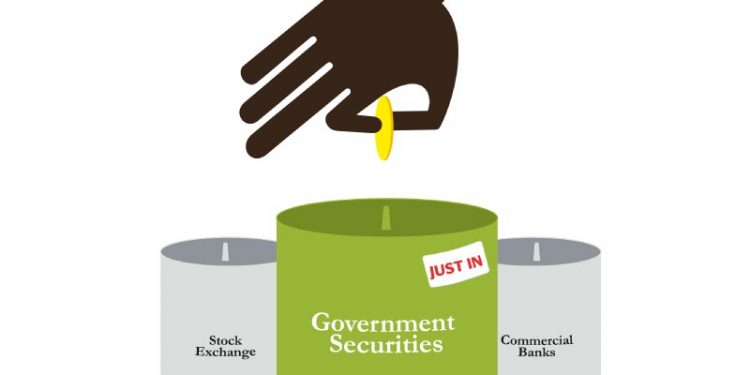Constraints on the capacity for Kenyan banks and their willingness to absorb government’s financing needs intensify the country’s liquidity risk, especially in the event of a shock, says Moody’s Investor Services.
In its Sovereigns – Africa and Middle East report, Moody’s says Kenya has been rated High ( – ) after assessing its government liquidity risks. This is because the banks’ exposures to government debt and/or GBR (Gross Borrowing Requirement) relative to the size of the system’s assets are already high and deposit inflows are low relative to fiscal deficits.
The capacity of a banking system to absorb governments’ borrowing needs is driven by the system’s size, the size of the government’s gross borrowing requirements (GBR), and the size and stability of banks’ own funding that can be invested in government securities.
Banks’ willingness is largely driven by qualitative factors including a government’s policy credibility and perceived risks to macroeconomic stability. The regulatory environment, including incentives to hold government securities, can impact both willingness and capacity.
In Kenya, new deposits worth around 3 per cent of GDP per year are insufficient to finance fiscal deficits of around 7 per cent of GDP, says Moody’s. The government securities already account for around 30 per cent of banking assets and, its GBR is large relative to the banking system’s size.
Government securities on banks’ balance sheets already represent 30 per cent or more of total banking system assets in the country, a record high. Government’s GBR represent a large share of the banking system in Kenya. Moreover, relatively slow deposit growth in the country risks constraining banks’ capacity to finance future fiscal deficits should they persist or widen again.
A cap on lending rates has crowded banks’ funding in government debt since its introduction in September 2016, and supported banks’ funding of fiscal deficits (as they are not able to charge market-based risk premia on loans to the private sector).
Banks hold a large number of treasury bills (9 per cent of GDP at year-end 2017) that are typically rolled over. However, as a result, banks’ willingness to finance government debt is sensitive to any change in the lending cap policy.







